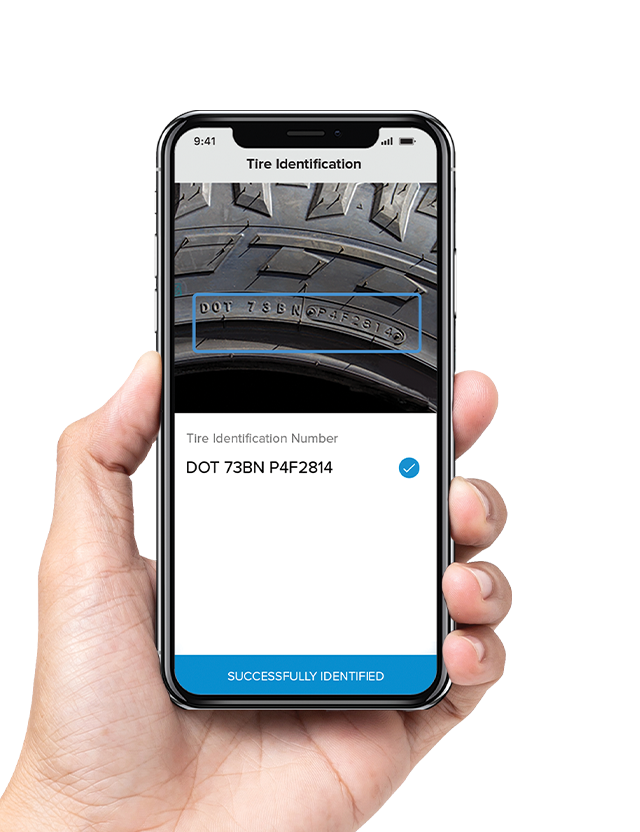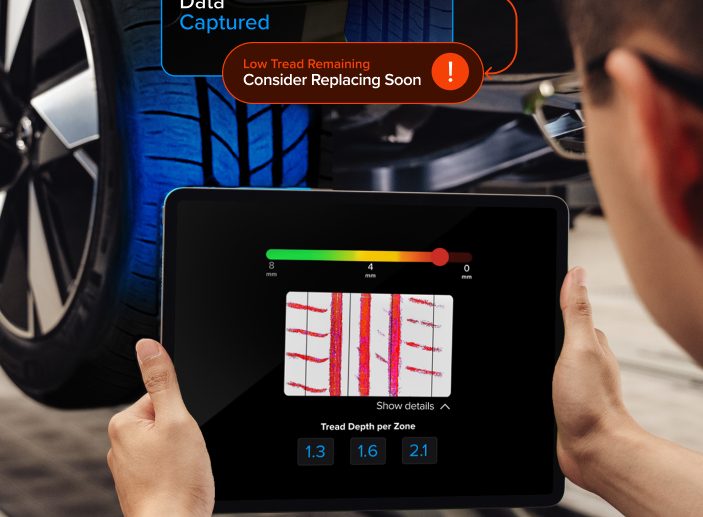
Big Data is Changing, what you need to know
The days are gone when the term “data” simply referred to a collection of basic digital files sitting on a hard drive somewhere. Today, the data being gathered by the automotive sector contains the knowledge required to comprehend customers, the market, and even other businesses. You just need a way to make sense of it.
All told, data is important for a wide range of different industries and processes. Consumer data can be used to identify shifts in consumer behavior, enabling businesses to capitalize on trends and maintain their competitiveness. Market data can help people proactively understand where the industry is headed, all so that they can get there before anyone else. The list goes on and on.
Of course, collecting that data is one thing. Understanding how to extract the most value from it is often something entirely different.
Jump to key topics
Jump to key topics

How Data is Collected
Especially in an industry like the automotive sector, much of the data being utilized daily is still being collected manually.
Consider the enormous amount of data even on a seemingly simple document like a service invoice. You know someone’s name and where they live. You know what parts they ordered, which means you likely know what type of vehicle they have. Therefore, you know what other products and services they might be interested in.
There are also a number of emerging technologies that are changing the way data is collected. The “Internet of Things,” for example, refers to a network of countless devices like industrial sensors that are all collecting and sharing data with each other at all times. Wearable technologies like fitness trackers collect huge volumes of information about our health.
There is also mobile data capture like OCR (optical character recognition), which is commonly employed for things like translation or license plate identification.
Regardless of the method you’re using, the importance of collecting accurate data cannot be overstated. This is actually one of the major problems with manual collection. Not only is it slow and requires a significant amount of time and energy, but it is also prone to human error as well. Those errors only lead to the allocation of even more, which are required to correct those errors down the road.
How Data is Visualized and Utilized
Because of the complexity and volume of data that the average organization is dealing with, proper visualization is essential. It simplifies even complex topics so that anyone can understand them without having a degree in computer science at the highest level.
Two new trends in data visualization to be aware of are virtual reality and augmented reality. They offer major benefits, like easier pattern recognition and retention, as well as making it easier for even smaller organizations to utilize data effectively, thus allowing them to gain a major competitive advantage in the marketplace as well.

Machine Interpretation of Raw Data
Another major trend in terms of big data and data visualization takes the form of machine learning. This is a subset of artificial technology that not only allows machines to be trained to perform tasks that traditionally require humans, but to do so in a way that they actually get “better at” over time.
Essentially, the more data you feed a machine learning model, the more it begins to “understand” what it is looking at, thus making it an effective way to interpret huge volumes of raw data to identify trends and patterns that likely would have otherwise gone undiscovered.
Not only can this increase the efficiency of data interpretation because a machine can complete the task far faster than a human, but it increases the accuracy as well. Where humans will always be prone to error, machines generate consistent, repeatable, and quality results every single time.
Data Privacy
All of this segues into one of the more important topics of the modern era: data privacy.
Yes, you’re collecting a huge amount of personal data that is inherently valuable from customers, but that proverbial well will dry up if people think their information isn’t being protected.
Thankfully, technologies are emerging to help with that, too. The blockchain is one such example, which is a digital ledger of transactions that cannot be edited at all once the “block” has been added to the “chain.” It is decentralized and open to the public, adding a new degree of transparency to a procedure that hasn’t always had one.
In the end, big data is absolutely an asset for the automotive industry in particular, provided that you have the infrastructure in place to help make sense of it. Data volumes are only going to grow as time goes on, so it is absolutely in your best interest to put these technologies in place today so that you don’t find yourself left behind by your savvier competitors tomorrow.



